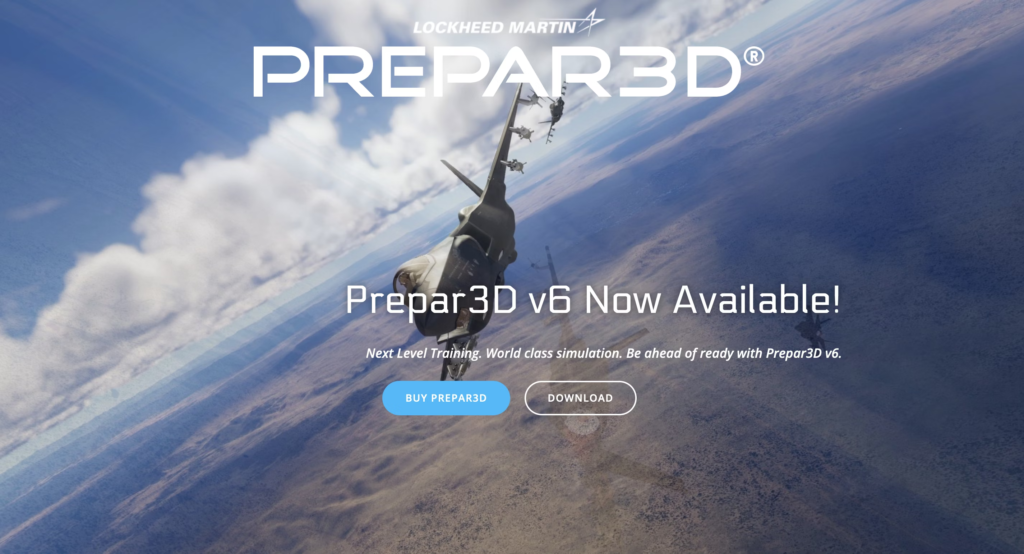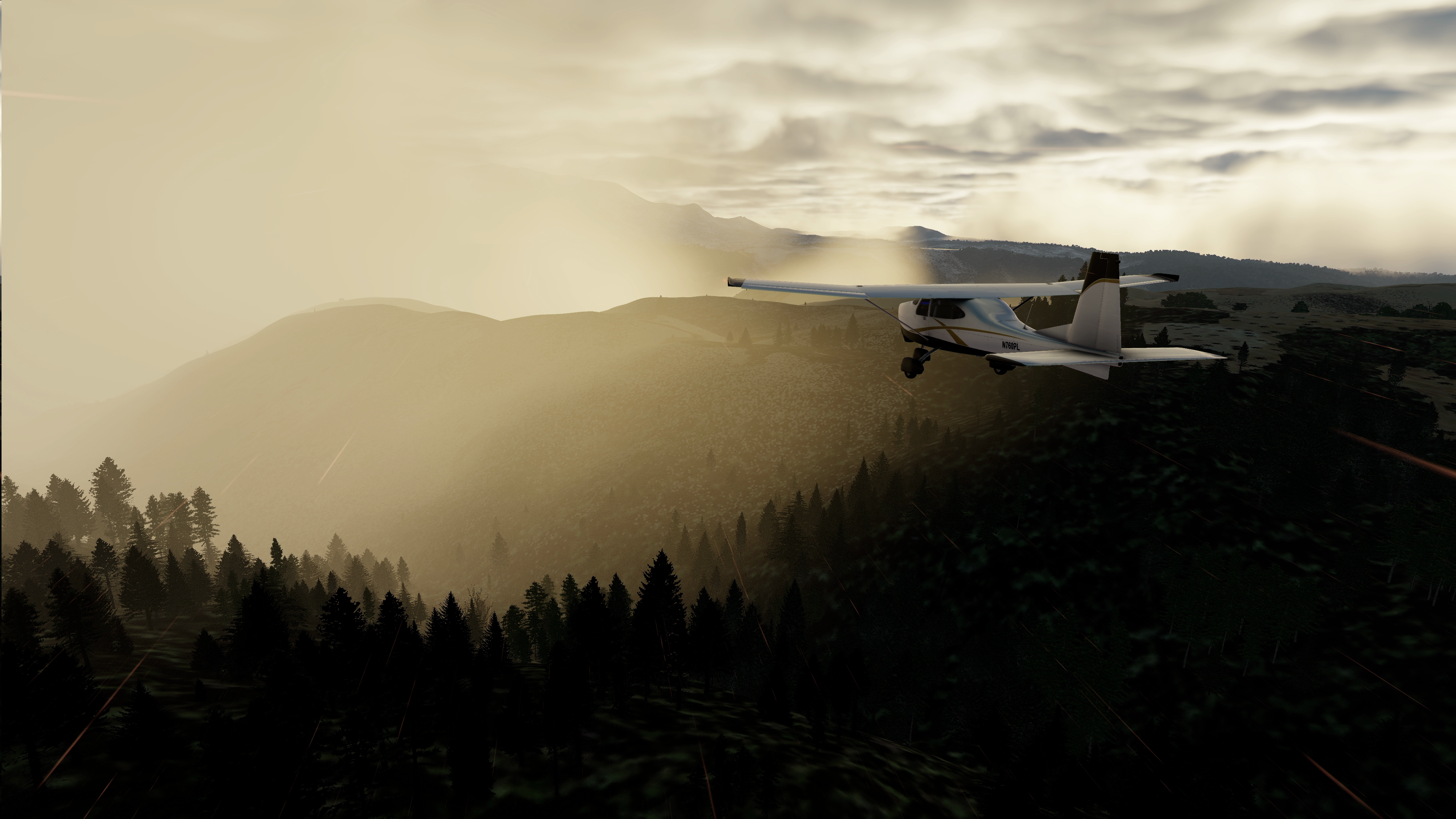Everything You Need to Know About Prepar3D: Features, Costs, and Development.
Prepar3D, often referred to as P3D, has long been a staple in the flight simulation community. Developed by Lockheed Martin, this powerful platform is popular among aviation enthusiasts, professional pilots, and academic institutions. In this blog, we’ll answer some of the most common questions about Prepar3D, covering its status as a simulator, its costs, system requirements, and ongoing development.
Is Prepar3D a Flight Simulator?

Yes, Prepar3D (short for “Prepared”) is a flight simulator, but it is more than that. Developed by Lockheed Martin, it is described as a “visual simulation platform” designed for training, education, and simulation purposes. While hobbyists and gamers enjoy Prepar3D for its realistic flight experience, it is primarily marketed as a professional training tool.
Key Features of Prepar3D as a Simulator:
- Realistic Physics and Aerodynamics: Prepar3D offers highly accurate flight physics, making it suitable for professional aviation training.
- Customizable Scenarios: Users can create and tailor scenarios for flight training, mission rehearsals, and more.
- Support for Add-Ons: Like Microsoft Flight Simulator (FSX), it supports a vast range of third-party add-ons for aircraft, scenery, and weather.
- Military and Professional Use: Prepar3D is widely used in military and commercial aviation sectors due to its fidelity and adaptability.
Is Prepar3D Free?

No, Prepar3D v4 is not free. Prepar3D is a commercial product with licensing options based on use cases. Prices range depending on whether it’s for personal, academic, or professional use. For example:
- Academic License: $59.95, intended for students or those using it for non-commercial purposes.
- Professional License: $199, for individuals and organizations engaged in professional training or development.
- Developer License: $10/month, for developers creating add-ons or systems for the platform.
It’s worth noting that Prepar3D v4 was released in 2017 and is no longer the latest version, but it remains available for purchase.
Is Prepar3D the Same as FSX?

No, Prepar3D is not the same as FSX (Microsoft Flight Simulator X), but it shares a common foundation. Prepar3D is built on the codebase of FSX, which was licensed by Lockheed Martin after Microsoft stopped developing the Flight Simulator franchise in 2009.
Key Differences Between Prepar3D and FSX:
- Improved Graphics and Features: Prepar3D offers more advanced graphics, better memory management, and updated features compared to FSX.
- Active Development: While FSX is no longer updated (except for the Steam Edition), Prepar3D continues to receive regular updates and improvements.
- Professional Focus: Unlike FSX, which was targeted at casual users and gamers, Prepar3D is marketed as a professional tool for training and simulation.
- 64-Bit Architecture: Starting with Prepar3D v4, the platform transitioned to a 64-bit architecture, overcoming memory limitations that plagued FSX.
How Many GB Is Prepar3D?

The size of Prepar3D depends on the version and additional content installed:
- Prepar3D v4: The base installation is approximately 13-15 GB, but the total size can expand significantly with add-ons for aircraft, scenery, and weather.
- Prepar3D v5: The base size is similar to v4 but requires additional space for DirectX 12 enhancements and updated features.
- Add-Ons Impact: Many users install high-resolution scenery, advanced aircraft models, and weather systems, which can increase the total storage requirements to 100 GB or more.
For optimal performance, it is recommended to have at least 50-100 GB of free space to accommodate updates and customizations.
Is P3D v3 Free?
No, P3D v3 is not free. Like other versions of Prepar3D, it requires a purchased license. However, P3D v3, released in 2015, is now considered outdated and is rarely used by the community. New users are encouraged to invest in more recent versions like v4 or v5 for better performance, compatibility, and features.
Is P3D Still Being Developed?

Yes, Prepar3D is still being actively developed by Lockheed Martin. The most recent version, Prepar3D v5, continues to receive updates, including performance enhancements, bug fixes, and new features.
Why P3D Remains Relevant:
- Continued Support: Lockheed Martin has demonstrated a commitment to keeping Prepar3D at the forefront of professional simulation technology.
- Focus on Training: Prepar3D remains a preferred choice for flight schools, military training, and commercial aviation due to its customizability and stability.
- DirectX 12 Integration: Prepar3D v5 introduced DirectX 12, improving graphical fidelity and performance, especially on modern hardware.
While Microsoft Flight Simulator (MSFS) has captured the attention of casual users with its stunning visuals, Prepar3D maintains a solid user base in professional and training environments.
Conclusion: Prepar3D’s Role in Simulation
Prepar3D is not just a flight simulator—it is a robust training platform that bridges the gap between aviation education and entertainment. While it may not be free, its professional-grade features, active development, and adaptability make it a top choice for serious simmers and training institutions alike. Whether you’re looking to use it for personal enjoyment or professional development, Prepar3D remains a reliable and feature-rich option in 2024 and beyond.

Author
Brendon McAliece (Aka Gunnie) is a military veteran with 23 years working on Jet Fighters, their weapons systems and ejection seat/module systems as well as munitions and R&D. Involved with flight simulation since the 1980s, he has flown all the major flight simulators over the years.
He is an Australian expat who has lived in Malaysia, UK, Saudi Arabia and more recently Thailand. He is a multilingual blogger who loves to share his life experiences here on LetsFlyVFR.com and DreamingGuitar.com, with his lifestyle and Travel experiences Blog plus his Dreaming Coffee website.
Learn More @ DreamingGuitar.com – DreamingCoffee.com – LetsFlyVFR.com
( HOME – BLOG – SHOP – ABOUT )
As an Amazon affiliate I may benefit from qualifying sales.

